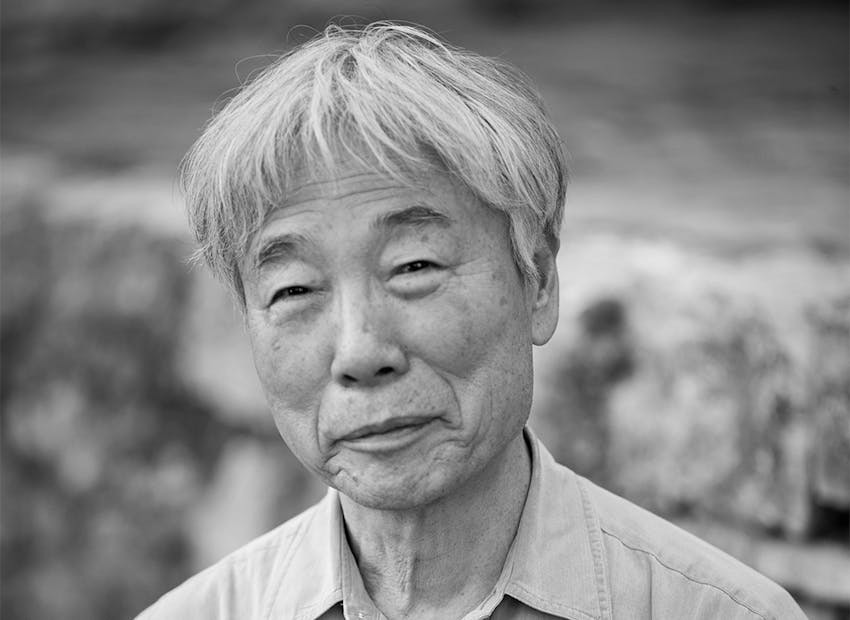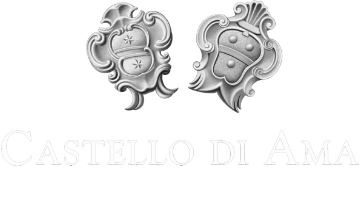Topos (Excavated)
A conversation between Lee Ufan and Philip Larratt-Smith
Philip Larratt-Smith Why have you chosen the Greek word topos as the title of the work?
Lee Ufan Regardless of what my work is, whether it is a picture or a sculpture, it has a strong characteristic tied to the space or the location. In other words, the artwork’s character as an object in itself is not important, but the meaning of the work should come from refreshing the space or location the work itself is in. With these works, I wanted to remind everyone that one is in Italy, immersed in its long history. So the word topos is in the titles to show that the art works go together with this specific location and time and is not meant for any generic location.
PLS As the subtitle implies, the floor painting is intended to look as if it were excavated from underground, as in an archeological dig. The hand-painted shape on the floor is thus presented not so much as created but as discovered. Is art a rediscovery of the world, of our place in the world?
LU I do not like to approach art from a creative point of view when working on my pieces. One word I often use is re-presentation. It means that art is based on a previous encounter, and I believe an artistic expression is a form of presenting that previous encounter. So art is a desire to generalize the discovery and excavation that comes from that previous encounter, and trying to connect that time and space to oneself while also making that experience available to the third party.
PLS Time is one of your major themes, particularly the relationship, or tension, between human time (represented in Topos by the hand-painted shapes) and geological time (represented by stones). It is not so much a classical opposition of the kind familiar from Western philosophy (mind vs body, reason vs passion) as a bringing into apposition of incommensurable events (the lived moment, eternity). Is it fair to say that your work strives to manifest the passage of time through markmaking that is at once specific and general?
LU I said that expressing is re-presenting, which in other words is saying that a particular reality should be viewed from the inside and outside by putting a parenthesis ( ) epoch around it. This does not mean recreating that reality, but means showing an indicator from this world that triggers the imagination. My art works show time and space that represent the duality of human’s time vs. geological time, and human’s space vs. the geological space. The past and the upcoming future are parts of eternity and the artwork is a media to display that duality. The artist is attempting to let the viewers feel the infinity of space and its meaning by showing a specific particle of time, as the artist picks out that particle from the ever flowing time.
PLS Does the idea of time exist in external reality? Is it a projection of the human mind, or even the body?
LU As Heraclitus stated, time is not a concept of existence but of change. So it is an infinite concept that incorporates both the static state and moving state. For man, his time in life can be physical, but his time of experiencing events can be perpetual and continuous, thus belonging to the infinite state of duality. That is why art is a piece of time that has a dualistic characteristic.
PLS Is it accurate to say that your three-dimensional works stand in a triangular relationship with the site and the viewer?
LU As the question states, my artwork is only fully complete when it forms a three-way relationship with the location, the viewer and the artwork itself. No one part is more important than the other, and the three components must provide the feeling of opening up a new universe.
PLS You do not normally accept invitations to make site-specific installations. What convinced you to do so for Castello di Ama?
LU I had a chance to taste the wines from Castello di Ama, which was similar to a Bordeaux wine but more subtle and erotic. I didn’t realize that this winery would be so beautiful. The place was close to Siena, a place that I am fond of, the winery in the hills was heavenly, and the artworks placed throughout the old town were all very incredible. With a place like this, I wanted to participate right away.
PLS In making this work, how did you respond to the context of Castello di Ama? I mean not just the wine cellar where your work is installed but the landscape, the climate, the architecture, the wine and food, etc.?
LU The location provided for my artwork is part of a very old cave. It is where wine is stored and is important to note that it is subterranean. - Italy, a mountain town from the Middle Ages, Siena, a winery, a subterranean location, and a wandering artist who started off from East Asia - For me, the keywords that connect all these are that I am an artist and the suggestion of passage of time from the wine. What I am drawing is a work of the present, and I wish the piece of this present time will trigger the long-ago past and the upcoming future to provide a full fragrance that will fill the room and beyond throughout the world.
PLS You are a true connoisseur of wine. Do you find a connection between wine and art?
LU A good wine, as it matures, becomes erotic and transforms beyond its current state. Some good environmental conditions are required for wine to mature, but it matures with the passage of time. Conversely, wine can be said to mature the other entity, time. When we taste a well-aged wine, we feel the happiness that comes from the fruitful liveliness of time. It can be said that wine awakens something deep and subconscious within man and guides man to a different dimension beyond its ordinary space. A great artwork, like a well-aged wine, should transcend itself and include within itself time and the spatial surroundings of the outside.
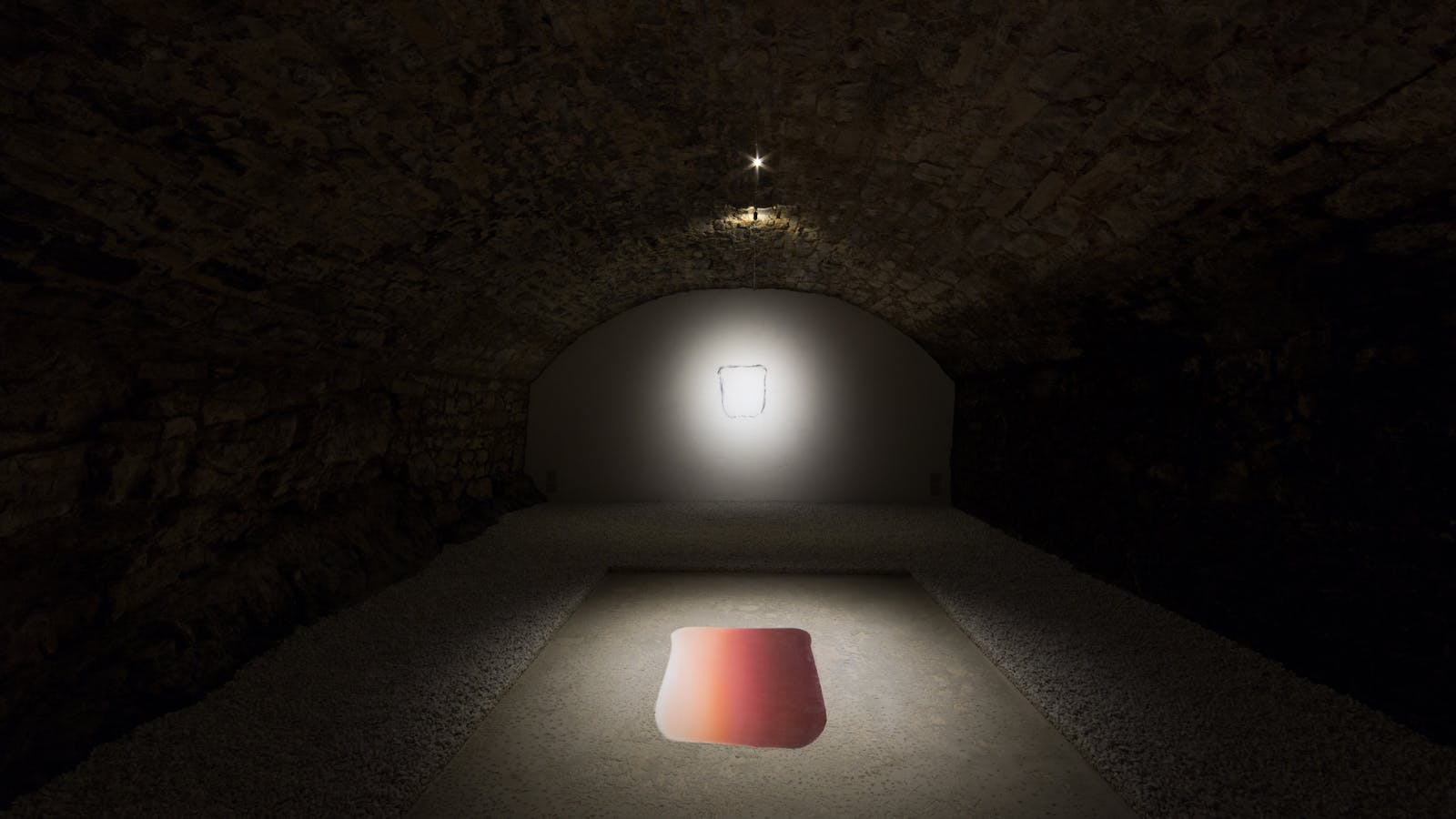
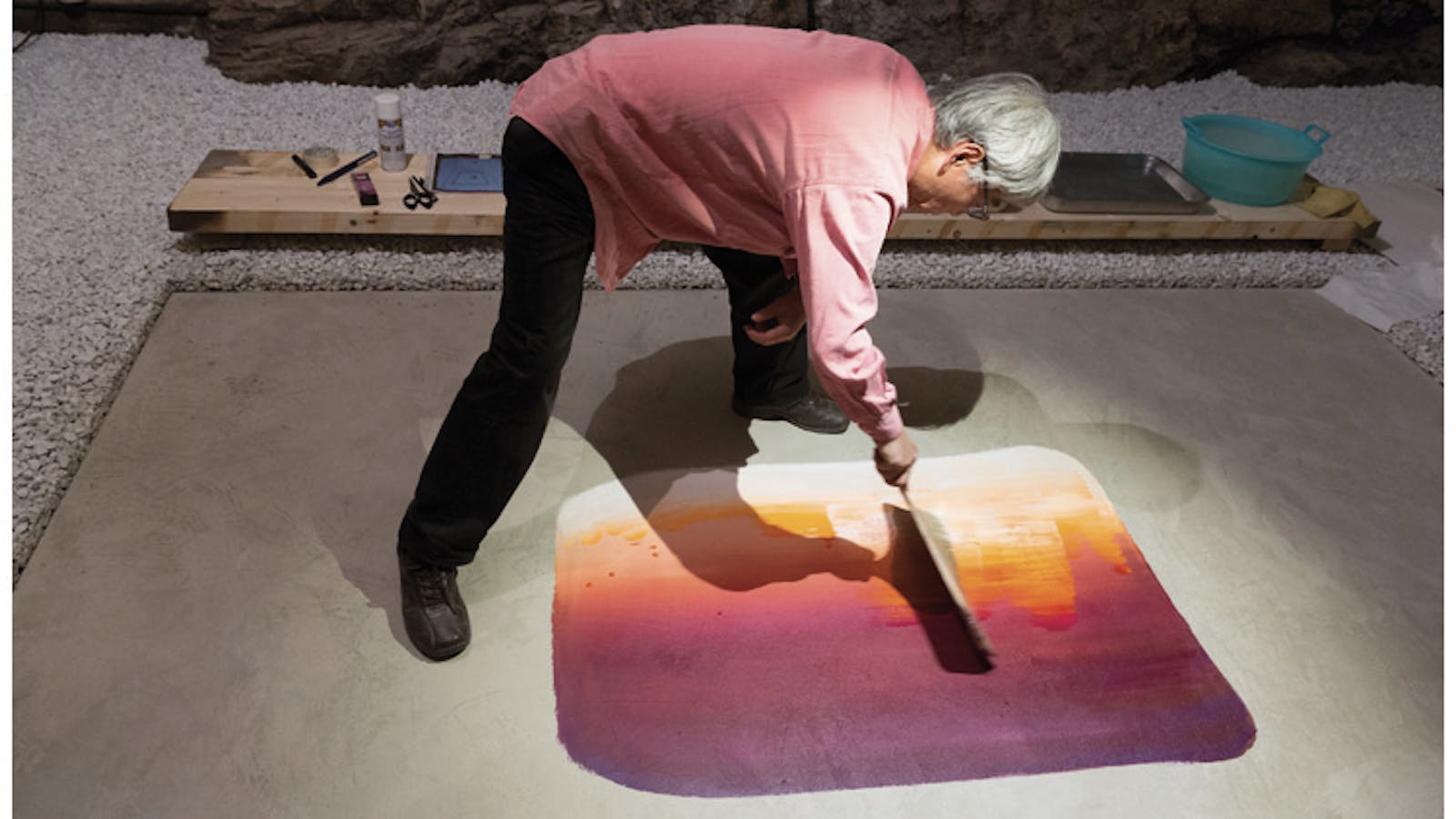
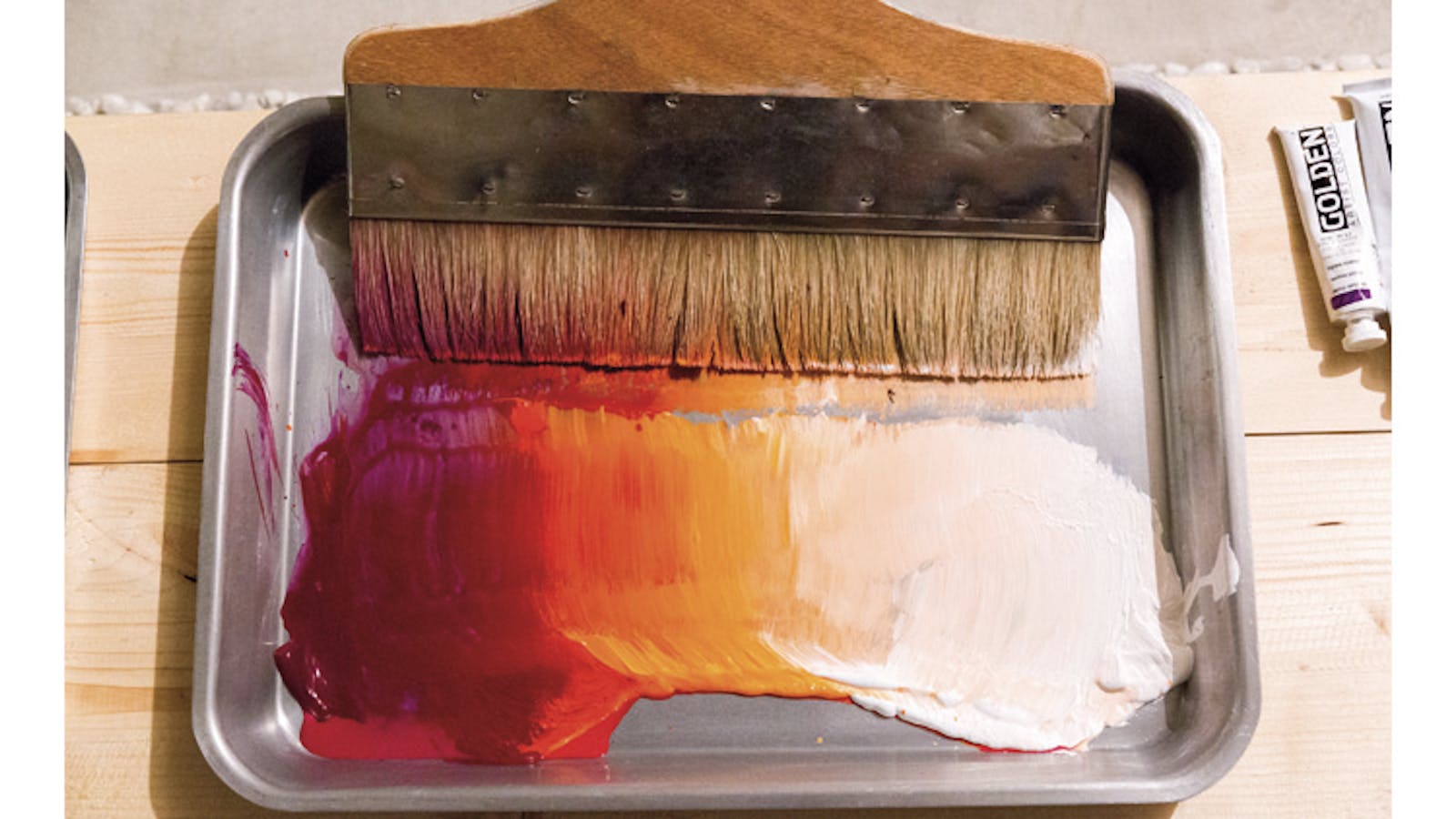
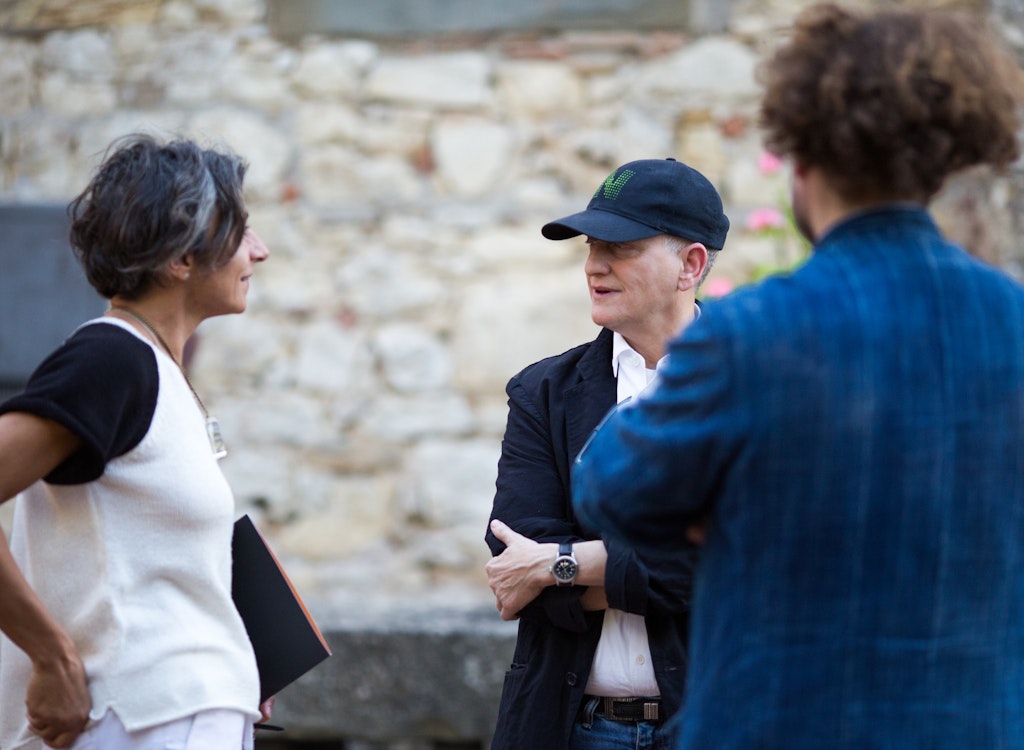
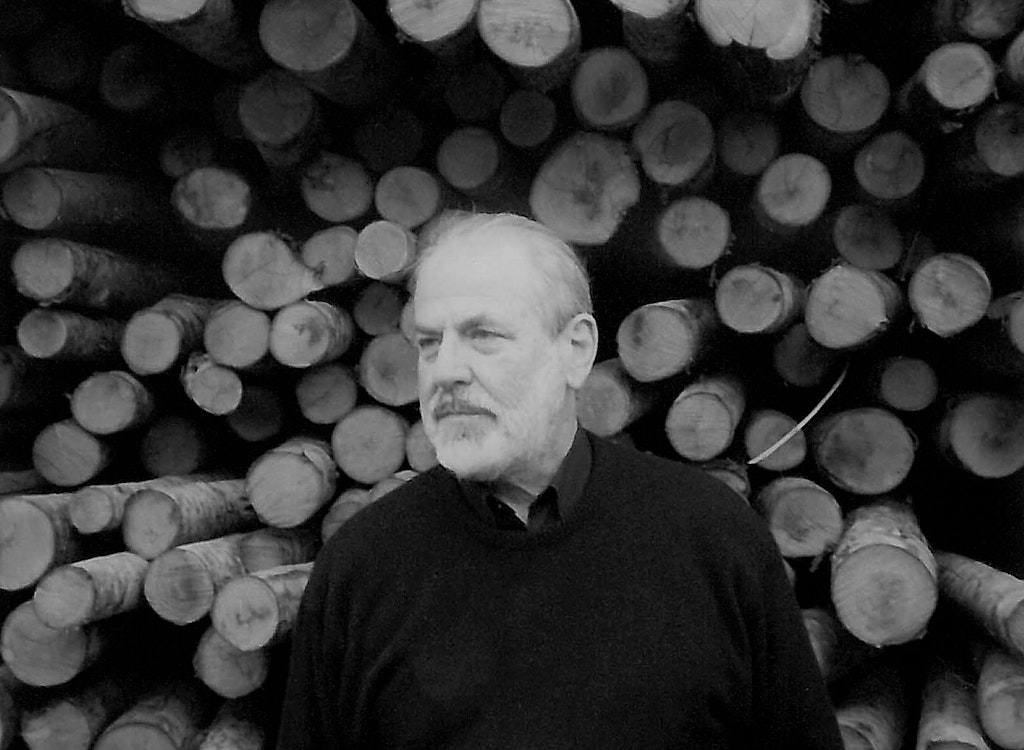 Michelangelo Pistoletto
Michelangelo Pistoletto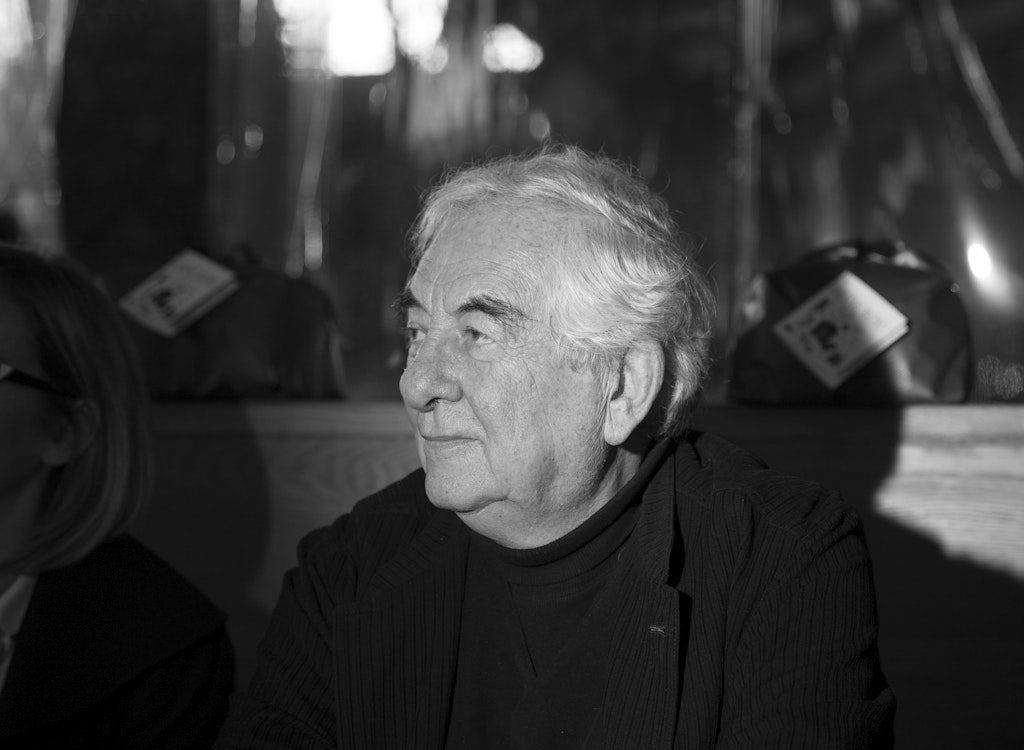 Daniel Buren
Daniel Buren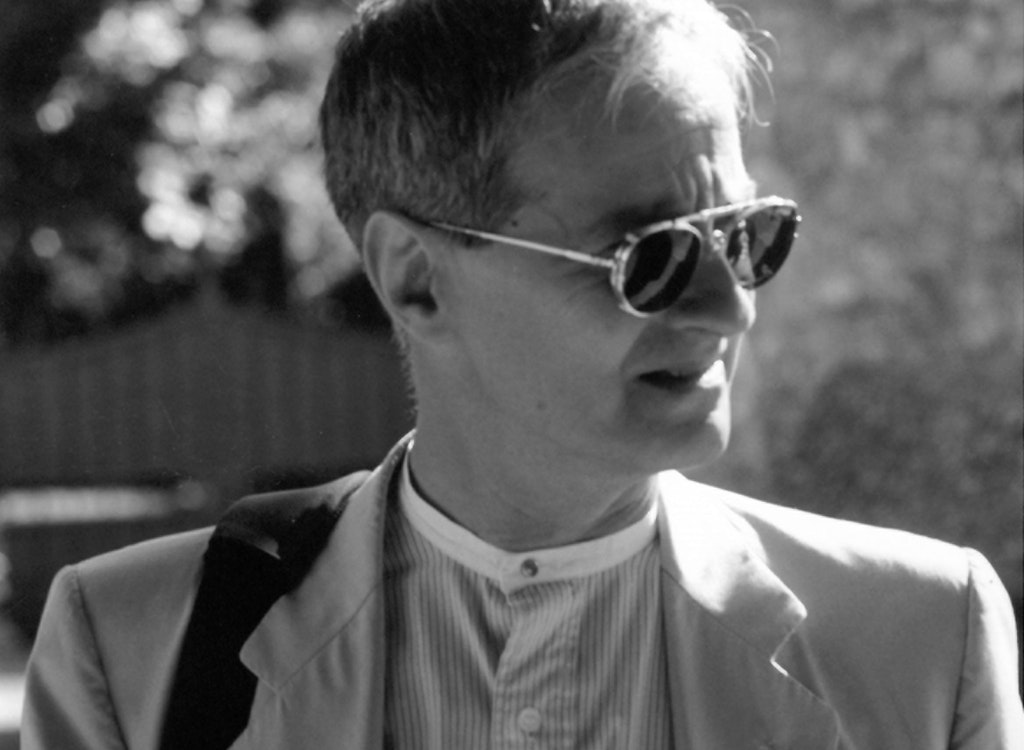 Giulio Paolini
Giulio Paolini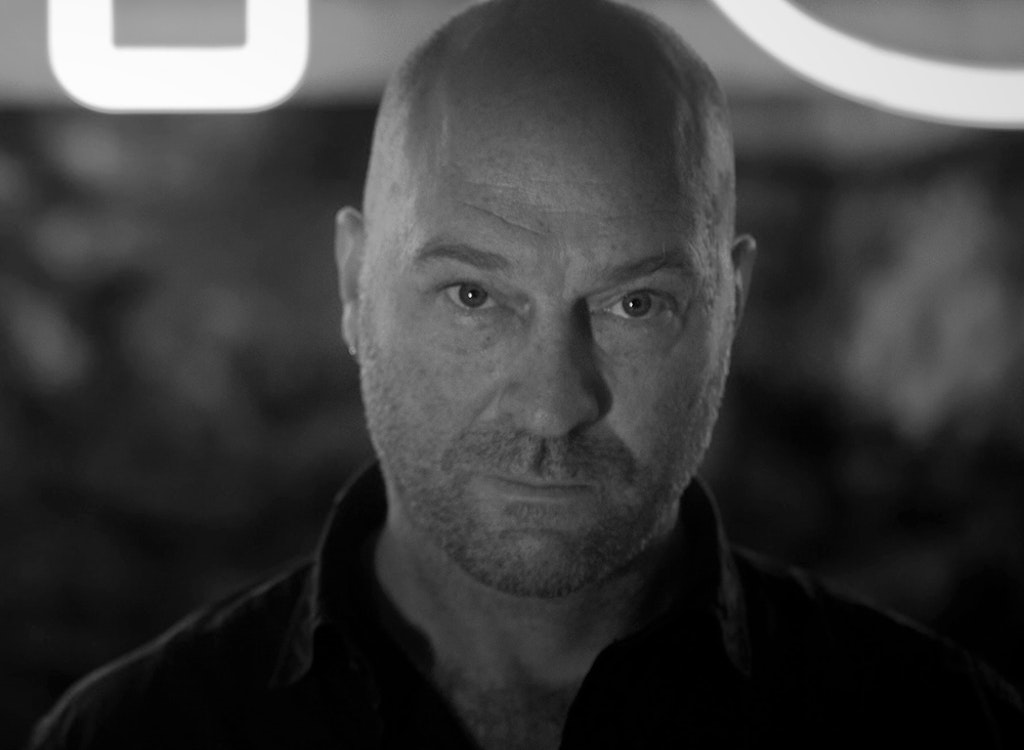 Kendell Geers
Kendell Geers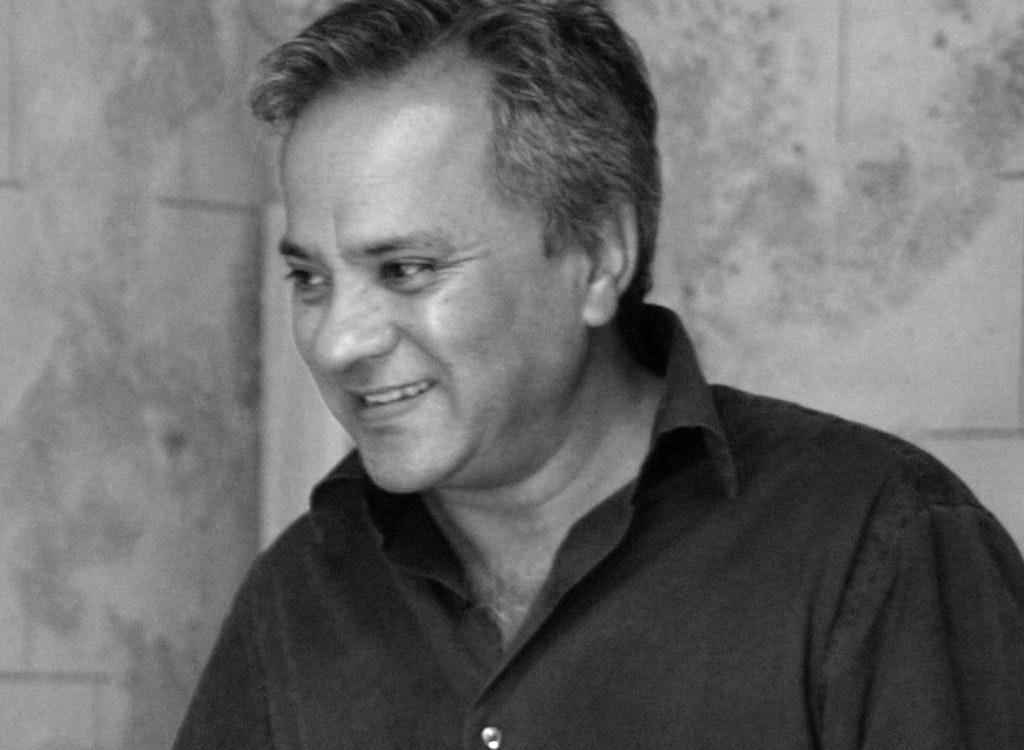 Anish Kapoor
Anish Kapoor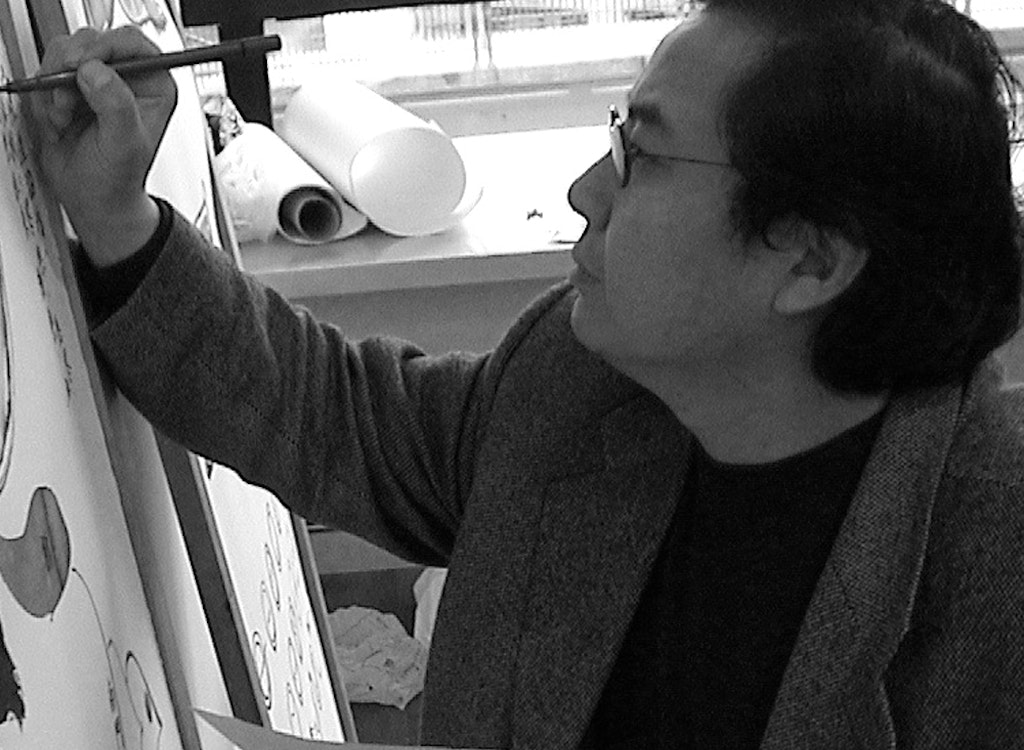 Chen Zhen
Chen Zhen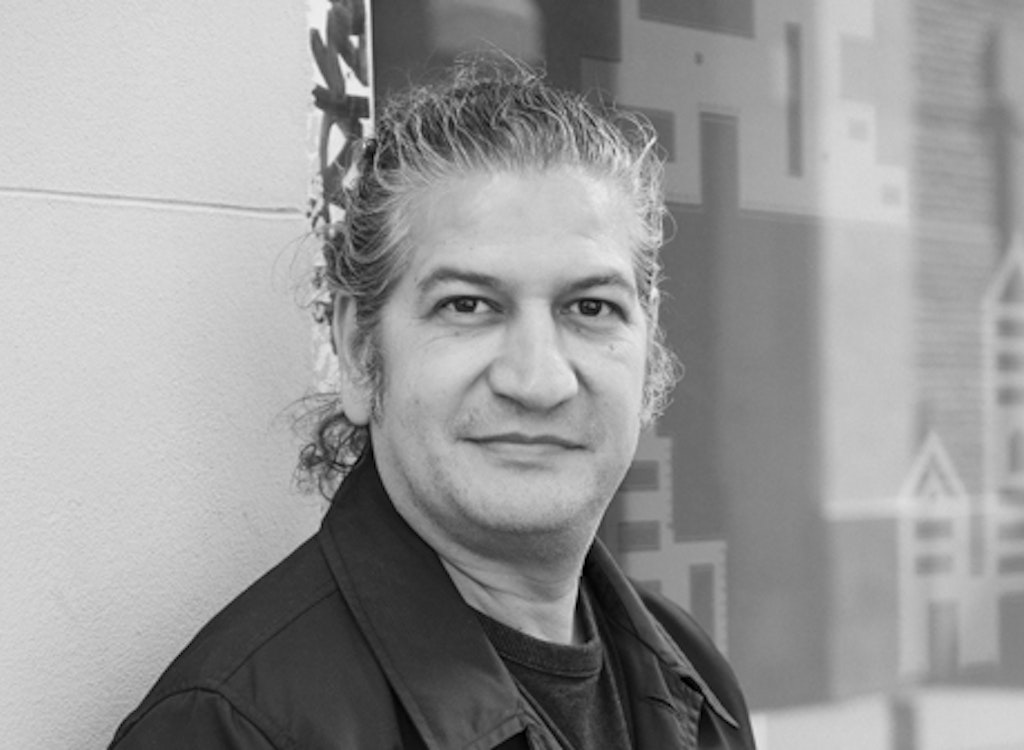 Carlos Garaicoa
Carlos Garaicoa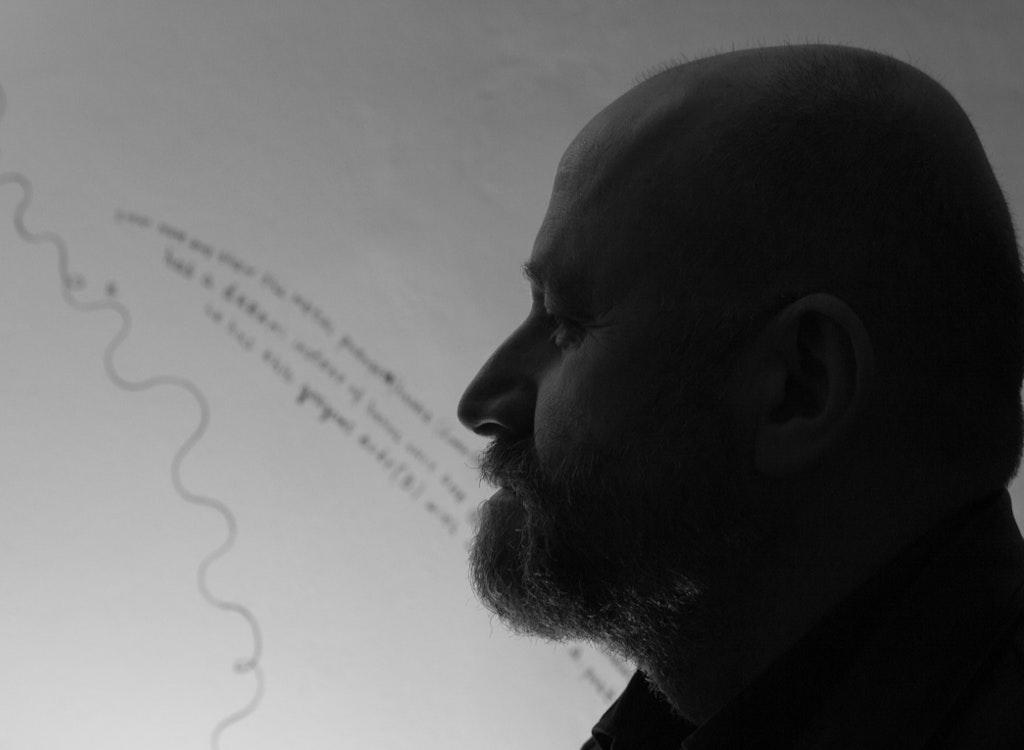 Nedko Solakov
Nedko Solakov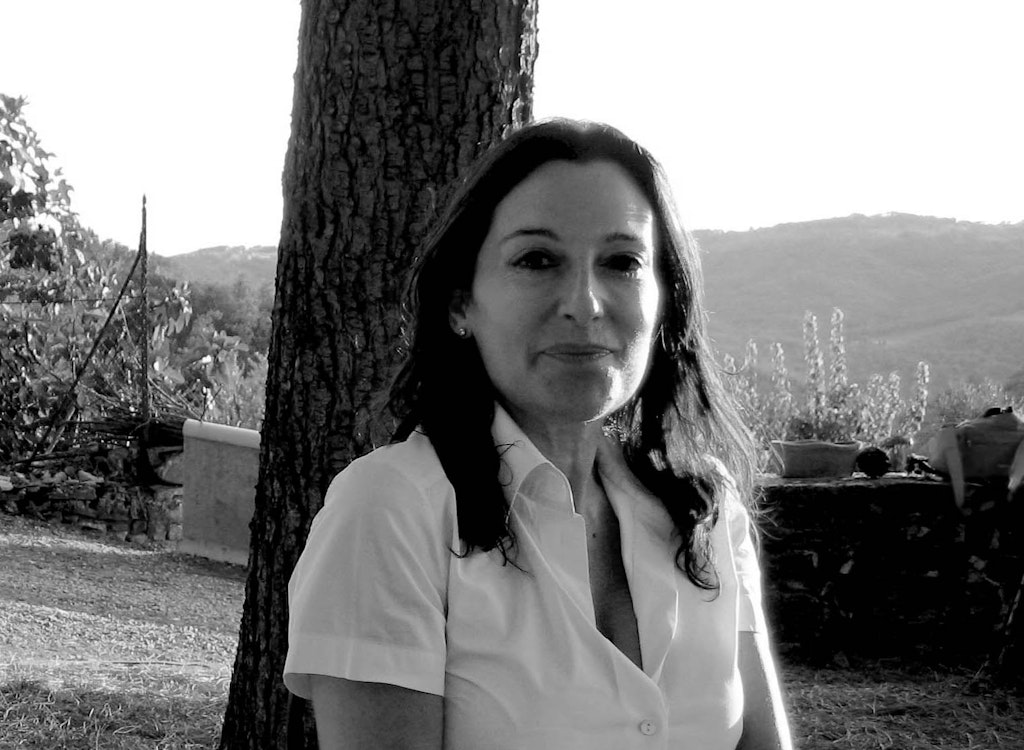 Cristina Iglesias
Cristina Iglesias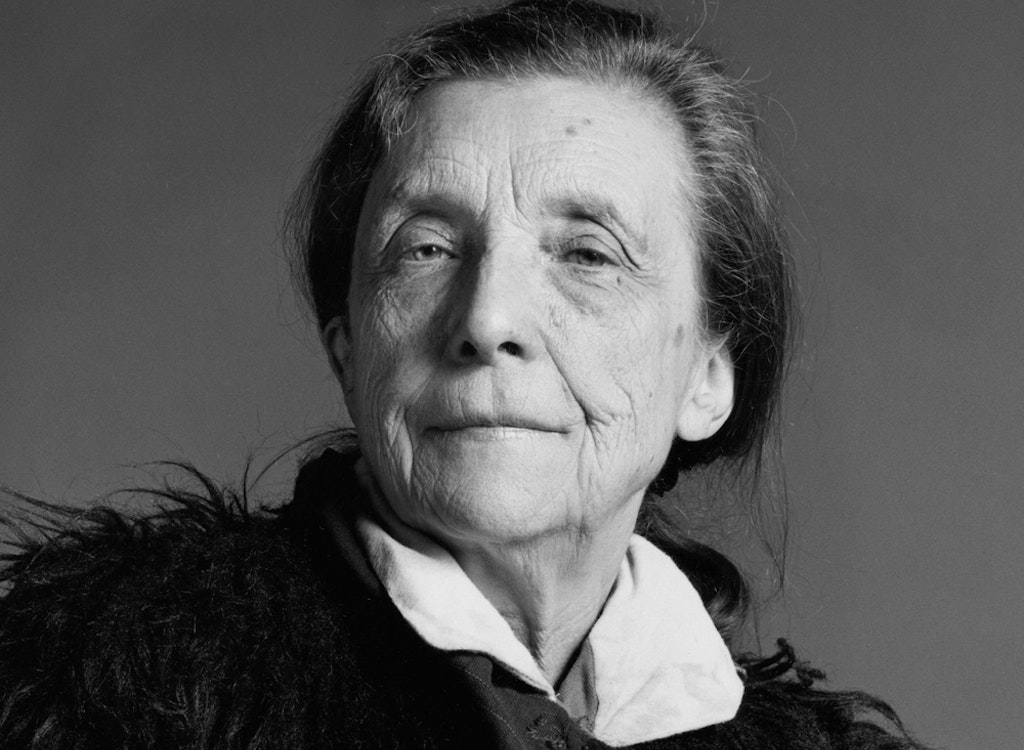 Louise Bourgeois
Louise Bourgeois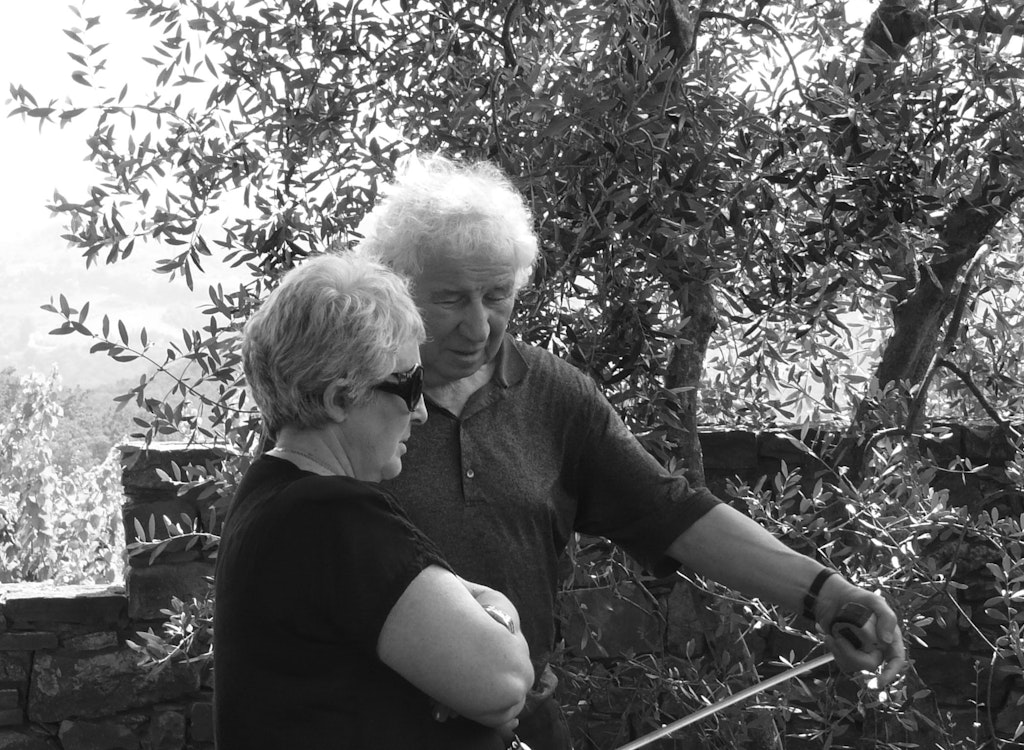 Ilya & Emilia Kabakov
Ilya & Emilia Kabakov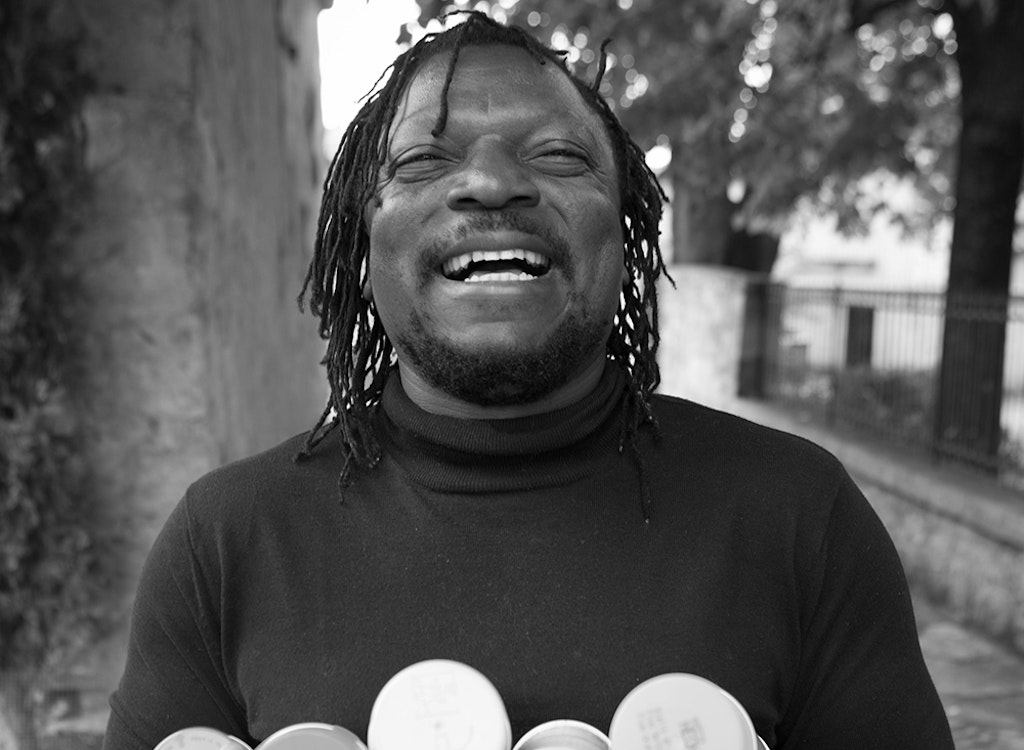 Pascale Marthine Tayou
Pascale Marthine Tayou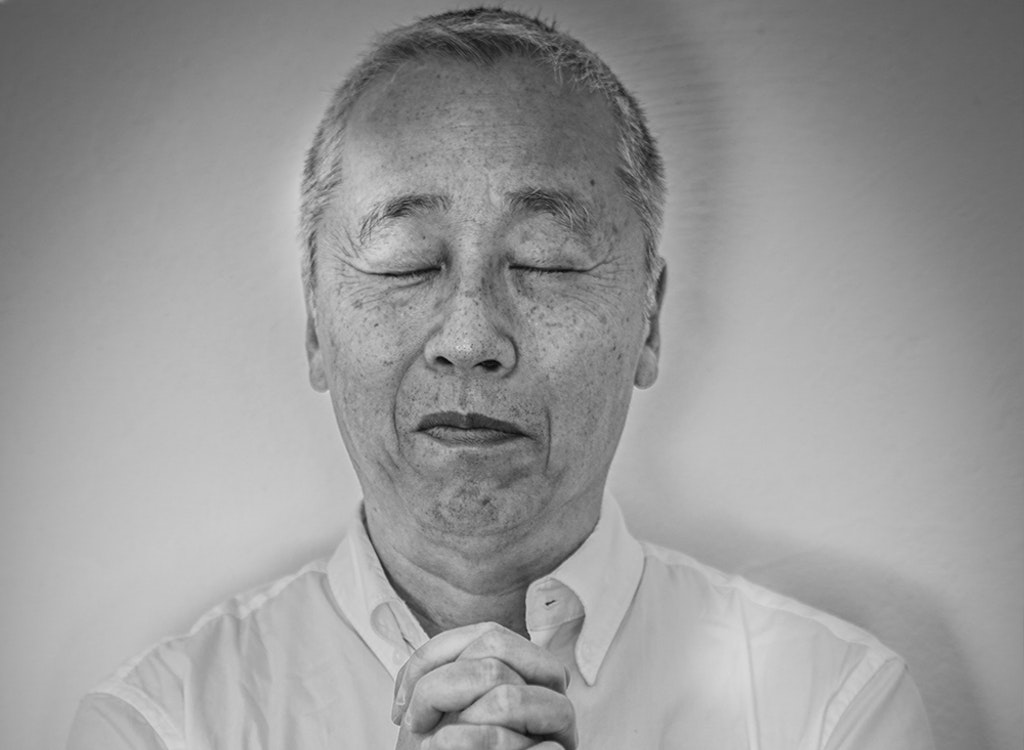 Hiroshi Sugimoto
Hiroshi Sugimoto Lee Ufan
Lee Ufan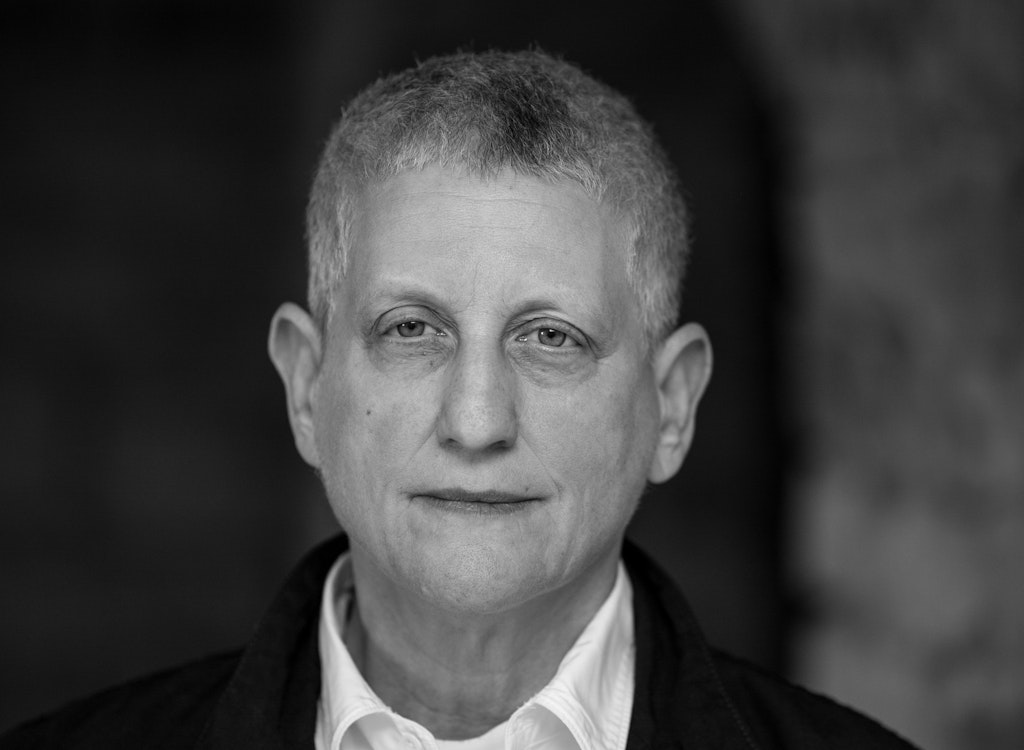 Roni Horn
Roni Horn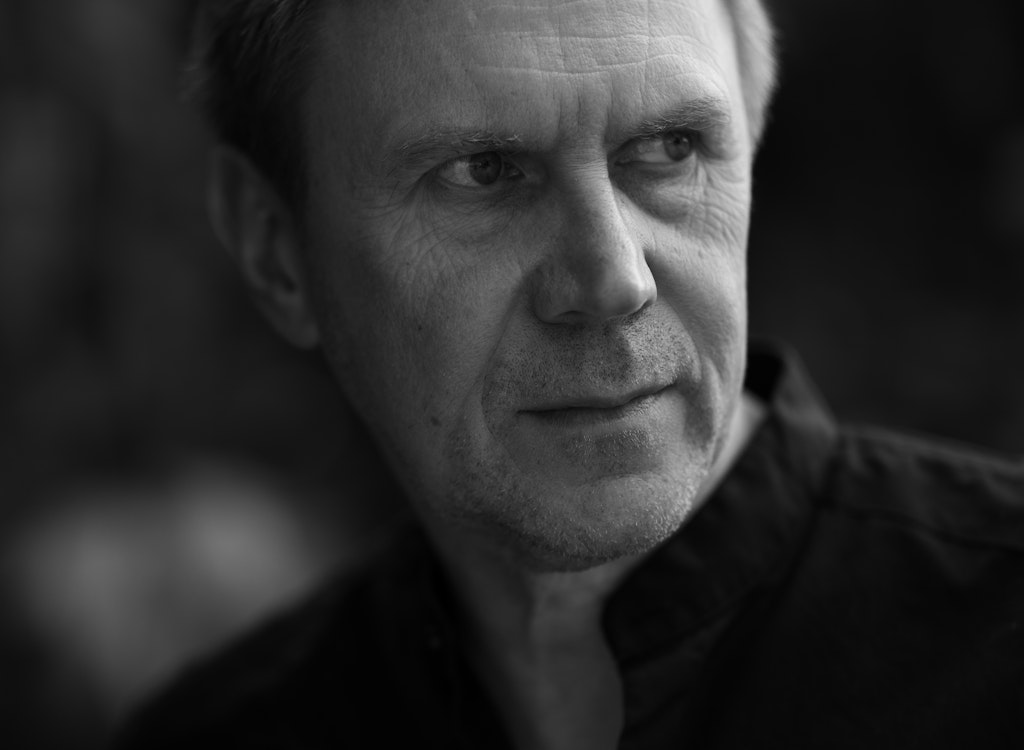 Mirosław Bałka
Mirosław Bałka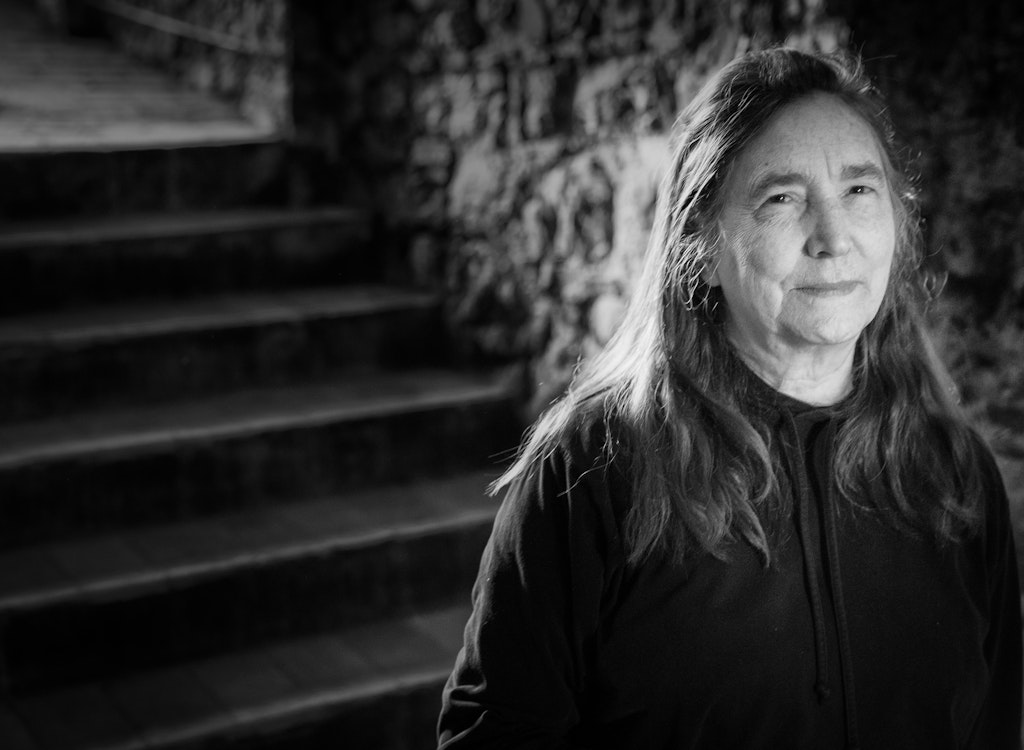 Jenny Holzer
Jenny Holzer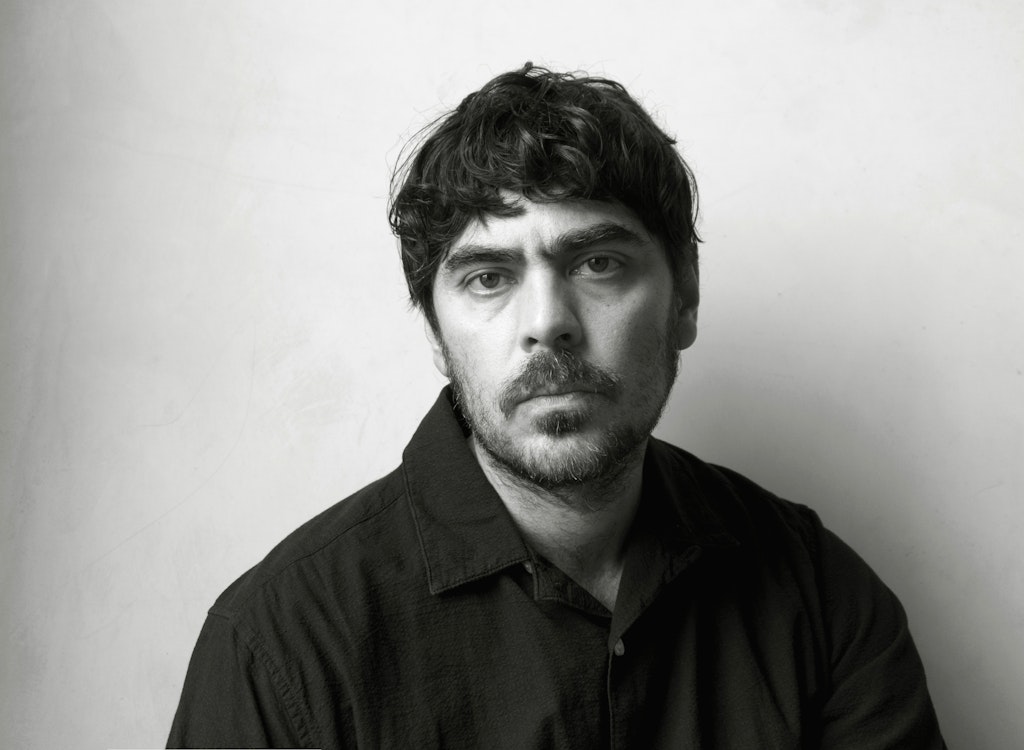 Giorgio Andreotta Calò
Giorgio Andreotta Calò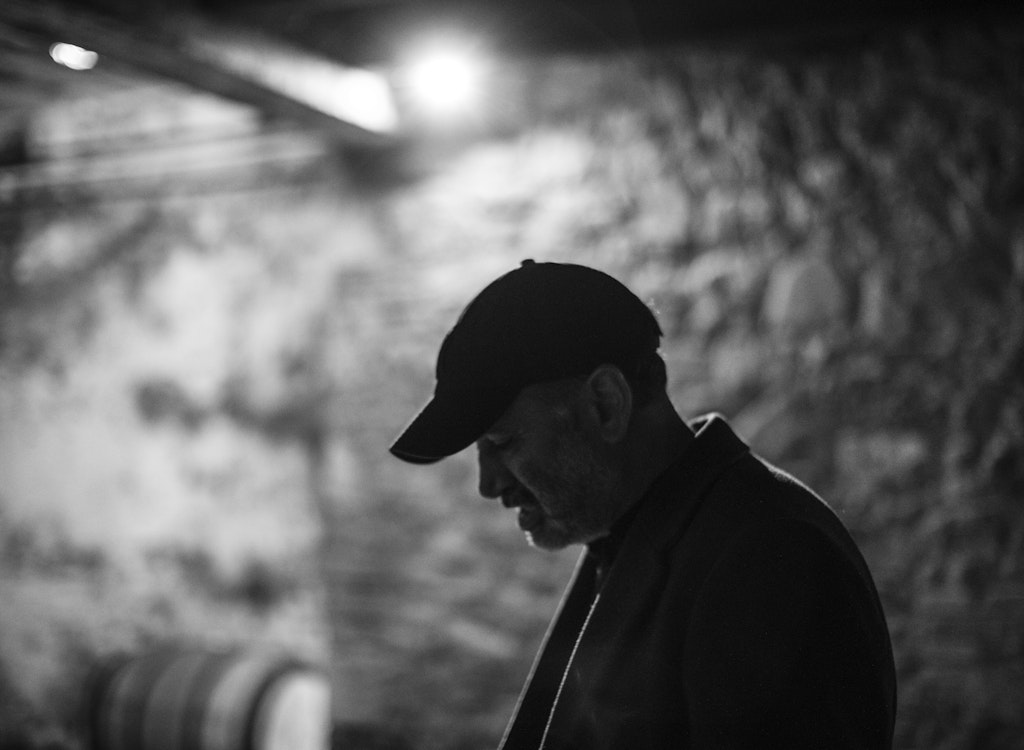 Bosco Sodi
Bosco Sodi